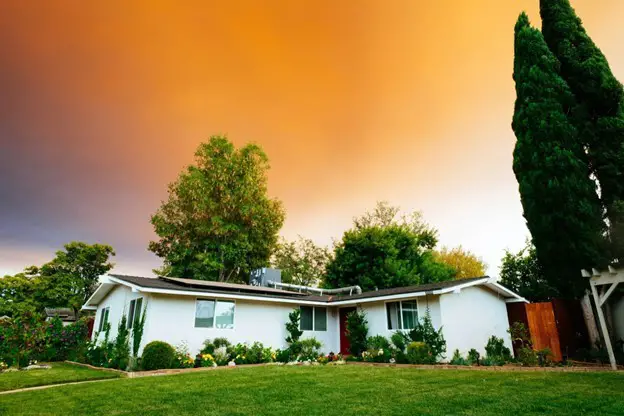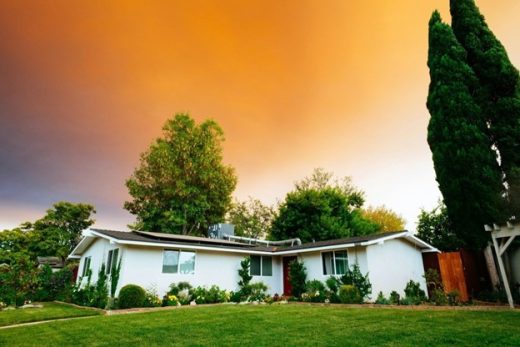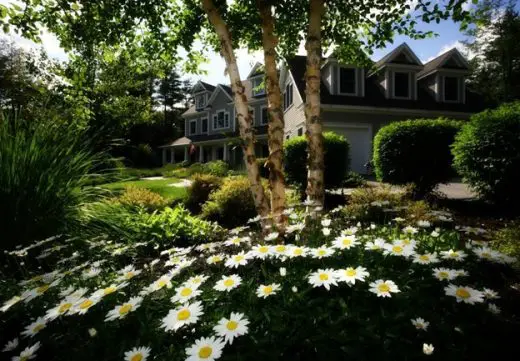How tree preservation enhances home architecture guide, Hire house backyard arborist, Home trees care advice
How Tree Preservation Enhances Home Architecture
26 April 2024
In the realm of modern home architecture, there’s a growing appreciation for integrating natural elements into design concepts. Among these, the preservation and incorporation of trees within residential landscapes have gained significant attention.
Beyond mere aesthetic appeal, tree preservation holds profound benefits for both the environment and the architectural integrity of homes. Let’s delve into how tree preservation enhances home architecture, shaping not just the visual appeal but also the functionality and sustainability of living spaces.
Unlocking the Benefits of Professional Arborist Services
When it comes to maintaining and enhancing your property, hiring professional services is often the wisest choice. Whether it’s landscaping, home renovation, or tree care, professionals bring expertise, efficiency, and peace of mind to the table. Specifically, when it comes to tree care, hiring arborist services offers a range of benefits. One of the benefits of arborist services is that they are trained experts in tree health and maintenance, ensuring that your trees receive proper care, from pruning to disease diagnosis and treatment. They can assess the structural integrity of trees, identify potential risks, and recommend appropriate measures to enhance safety and longevity.
Moreover, arborists have the necessary equipment and knowledge to perform tasks safely, minimizing the risk of accidents or property damage. By entrusting your tree care needs to arborist professionals, you not only save time and effort but also ensure the health and beauty of your landscape for years to come.
The Aesthetic Harmony of Trees in Architecture
Imagine a home nestled amidst a lush, verdant landscape adorned with mature trees. The visual impact is immediate and profound. Trees bring a sense of natural grandeur, providing a dynamic contrast to the rigid lines and geometric shapes typical of architectural design. Whether it’s a majestic oak framing the entrance, a row of slender birches accentuating a pathway, or a flowering cherry tree adorning a courtyard, each tree becomes a living, breathing element of the architectural composition.
Architects often leverage trees as focal points, designing spaces that revolve around them. This approach creates a harmonious blend of the built environment and natural elements, fostering a serene and inviting atmosphere. Moreover, the changing seasons add a dynamic element to the landscape, ensuring that no two days look exactly alike. This ever-evolving canvas of colors and textures adds depth and character to the architectural narrative.
Environmental Benefits of Tree Preservation
Beyond their visual appeal, trees play a crucial role in environmental sustainability. They act as natural air purifiers, absorbing carbon dioxide and releasing oxygen, thereby mitigating the impact of greenhouse gases. By preserving existing trees and incorporating them into home designs, architects contribute to local biodiversity and help combat climate change.
Trees also provide natural shade, reducing the need for artificial cooling systems during hot seasons. This not only lowers energy consumption but also enhances the comfort of outdoor living spaces. Additionally, trees act as natural sound barriers, absorbing and deflecting noise pollution, and creating tranquil environments within urban settings.
Functional Integration of Trees in Home Architecture
Integrating trees into home architecture goes beyond mere aesthetics; it involves thoughtful planning to ensure functional coherence. For instance, large trees strategically positioned around a home can act as windbreaks, reducing energy loss during winter months. Their presence also contributes to natural cooling, particularly when coupled with well-designed ventilation systems.
Furthermore, trees can be incorporated into structural elements, such as pergolas or trellises, providing natural shading for outdoor living areas. This symbiotic relationship between architecture and nature fosters a more sustainable and enjoyable living experience. It blurs the boundaries between indoor and outdoor spaces, encouraging residents to connect with nature seamlessly.
Preserving Heritage and Sense of Place
In many cases, older homes are situated on properties with mature trees that have stood the test of time. Preserving these trees not only honors the heritage of the landscape but also adds a sense of continuity and rootedness to the architectural narrative. Ancient oaks, towering redwoods, or graceful maples become living witnesses to the passage of time, linking past, present, and future generations.
Architects and homeowners increasingly recognize the value of these heritage trees, incorporating them into renovation projects and new constructions. This conscious effort to preserve natural heritage not only benefits the environment but also enriches the cultural and historical fabric of residential spaces.
Challenges and Considerations in Tree Preservation
While the benefits of tree preservation in home architecture are undeniable, several challenges and considerations must be addressed. One primary concern is the structural integrity of existing trees, especially those near buildings. Regular assessments by certified arborists are essential to ensure the safety and health of these trees.
Another consideration is the choice of tree species and their compatibility with the local climate and soil conditions. Native species are often preferred for their adaptability and low maintenance requirements. Additionally, architects must consider factors such as root systems, canopy size, and seasonal changes in foliage when integrating trees into design plans.
Innovative Approaches and Technologies
Advancements in technology and innovative design approaches have expanded the possibilities for integrating trees into home architecture. Concepts such as green roofs and living walls incorporate vegetation directly into building structures, blurring the distinction between interior and exterior spaces. These green building techniques not only enhance energy efficiency but also promote biodiversity in urban environments.
Moreover, developments in structural engineering allow for creative solutions to accommodate existing trees within building footprints. Techniques like cantilevered designs, elevated platforms, and tree-friendly foundations enable architects to work around trees without compromising their health or structural stability.
In conclusion, tree preservation plays a pivotal role in enhancing home architecture on multiple fronts. From aesthetic harmony and environmental sustainability to functional integration and cultural heritage, trees contribute significantly to the overall quality of living spaces. Architects, homeowners, and environmental advocates must collaborate to strike a balance between nature and design, ensuring that tree preservation remains a cornerstone of sustainable and harmonious residential development.
As we embrace the ethos of biophilic design—connecting people with nature through architecture—we recognize that trees are not just passive elements but active participants in shaping our built environment. Their enduring beauty and intrinsic value remind us of the profound impact that thoughtful tree preservation can have on the places we call home.
Comments on this guide to How tree preservation enhances home architecture article are welcome.
Trees
Trees Posts
What to do with the Trees in your Garden
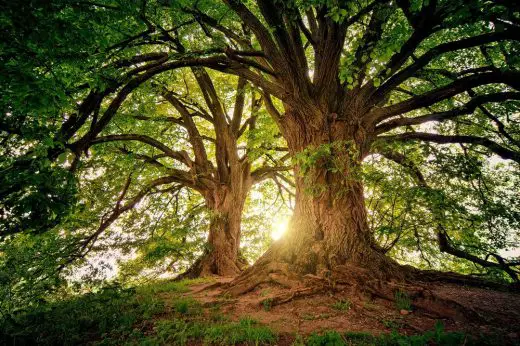
8 unexpected benefits of trimming trees
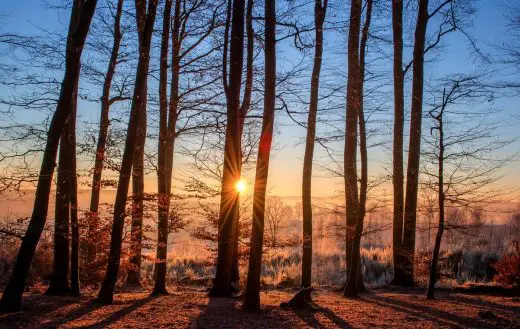
How to choose trees for backyards
Gardens
Gardens Posts
How to Take Care of Your Growing Plants in the Garden
Expert gardening tips for your home exterior
Landscaping and garden design ideas for your outdoors
Homes
Residential Architecture Articles
Comments / photos for the How tree preservation enhances home architecture advice guide page welcome

